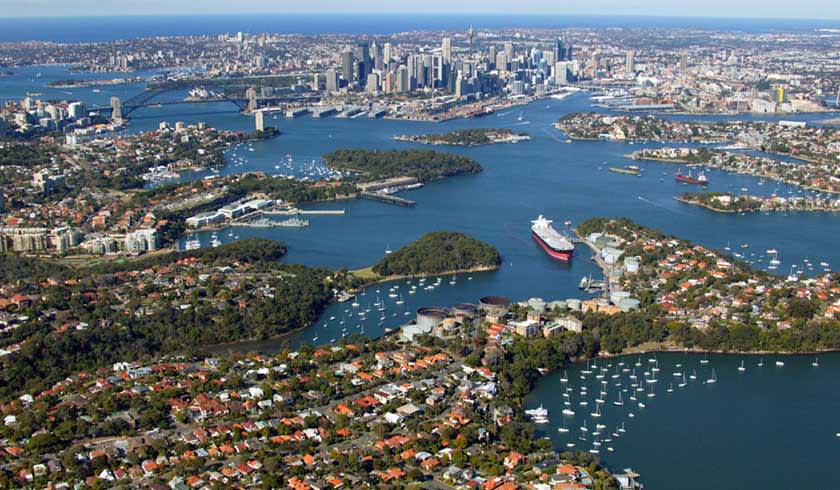The research firm’s HVI for April rose by 0.5 per cent, following on from the 0.6 per cent rise reported a month prior, led by Sydney, where prices jumped 1.3 per cent in the fourth month of the year. The NSW capital’s values are now 3 per cent higher than the recent trough recorded in January.
Darwin was the only national market to record a decrease (1.2 per cent), while prices in Canberra and Hobart reported no increase between March and April. Aside from Sydney, values rose in PerthPerth, TAS Perth, WA (0.6 per cent), Brisbane (0.3 per cent), Adelaide (0.2 per cent), and Melbourne (0.1 per cent) while the nationals combined regional locations recorded a 0.1 per cent HVI jump during the month.
CoreLogic research director, Tim Lawless said the figures point clearly to the Australian housing market moving through an inflection point.
“Not only are we seeing housing values stabilising or rising across most areas of the country, a number of other indicators are confirming the positive shift,” he said, mainly auction clearance rates, which have held strongly to begin the year, as well as increased sentiment, while home sales are also trending near the previous five-year average.
However, this positive trend in the housing market comes as the imbalance between supply and demand worsens with “a significant lift in net overseas migration has run headlong into a lack of housing supply.”
While overseas migrants typically have a more direct correlation with rental demand, he believes vacancy rates persisting below 1 per cent means “it is reasonable to assume more people are fast-tracking a purchasing decision simply because they can’t find a rental accommodation.
Further worsening supply woes is the trend of prospective vendors remaining on the sidelines throughout the downturn, a factor keeping inventory at lower than average levels while “providing sellers with some leverage at the negotiation table.”
Even with the RBA opting to lift the cash rate at its Tuesday board meeting, Mr Lawless said the expectation that the rate hiking cycle is nearing its conclusion is another factor supporting housing demand.
“As interest rates stabilise, there is a good chance consumer sentiment will improve, bolstering housing market activity from both a purchasing and selling perspective,” he said.
“The last time we saw housing values trending higher through a rising interest rate environment was during the mid-to-late 2000s when the mining boom was underway,” he said, adding that “this period was also characterised by surging net overseas migration that contributed significantly to housing demand.”
Performances across regional Australia remained diverse, highlighted by regional NSW’s home values falling 0.3 per cent while regional South Australian prices jumped 0.9 per cent, while values across most of Australia’s regions remain below their cyclical highs.



